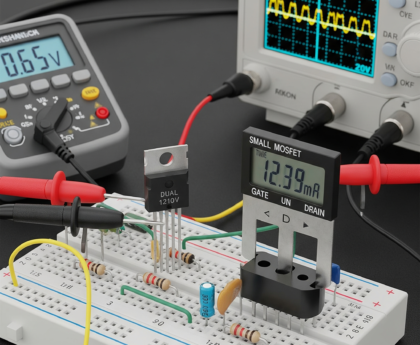Always Voltages on Laptop Motherboard – हिंदी में
Okay, let’s talk about the “always” voltages on a laptop motherboard. It might sound a bit technical, but we can break it down!
Imagine your laptop is like a little city. Some parts of the city, like streetlights and emergency services, need power all the time, even when most of the city is asleep. That’s similar to “always” voltages on a motherboard.
Here’s a simpler way to understand it:
- What are “Always” Voltages?
- These are voltages (electrical pressure) that are present on the motherboard as soon as you plug in the power adapter or when the battery is connected.
- They’re needed to power essential parts of the laptop, even when it’s “off” or in a low-power state.
- Why are they needed?
- To keep some circuits alive: Some tiny chips need to be constantly powered to monitor things like the power button, the battery charging circuit, and the embedded controller.
- To allow the laptop to turn on: When you press the power button, a signal needs to be sent to the main power supply to start the rest of the laptop. The “always” voltages make this possible.
- To keep the Real Time Clock (RTC) running: The RTC is like a tiny clock that keeps track of the date and time, even when
- Common “Always” Voltages:
- The most common ones are 3.3 volts and 5 volts. These are like the “standard” low pressures that many of the computer’s tiny chips and components need to work.
- Where do they come from?
- They come from the power supply section of the motherboard, which takes the higher voltage from the power adapter or battery and converts it into these lower “always” voltages.
So, “always” voltages are like the essential services that keep a laptop’s basic functions running, even when it’s not fully powered on. They’re like the “standby” power that allows your laptop to wake up when you need it!

